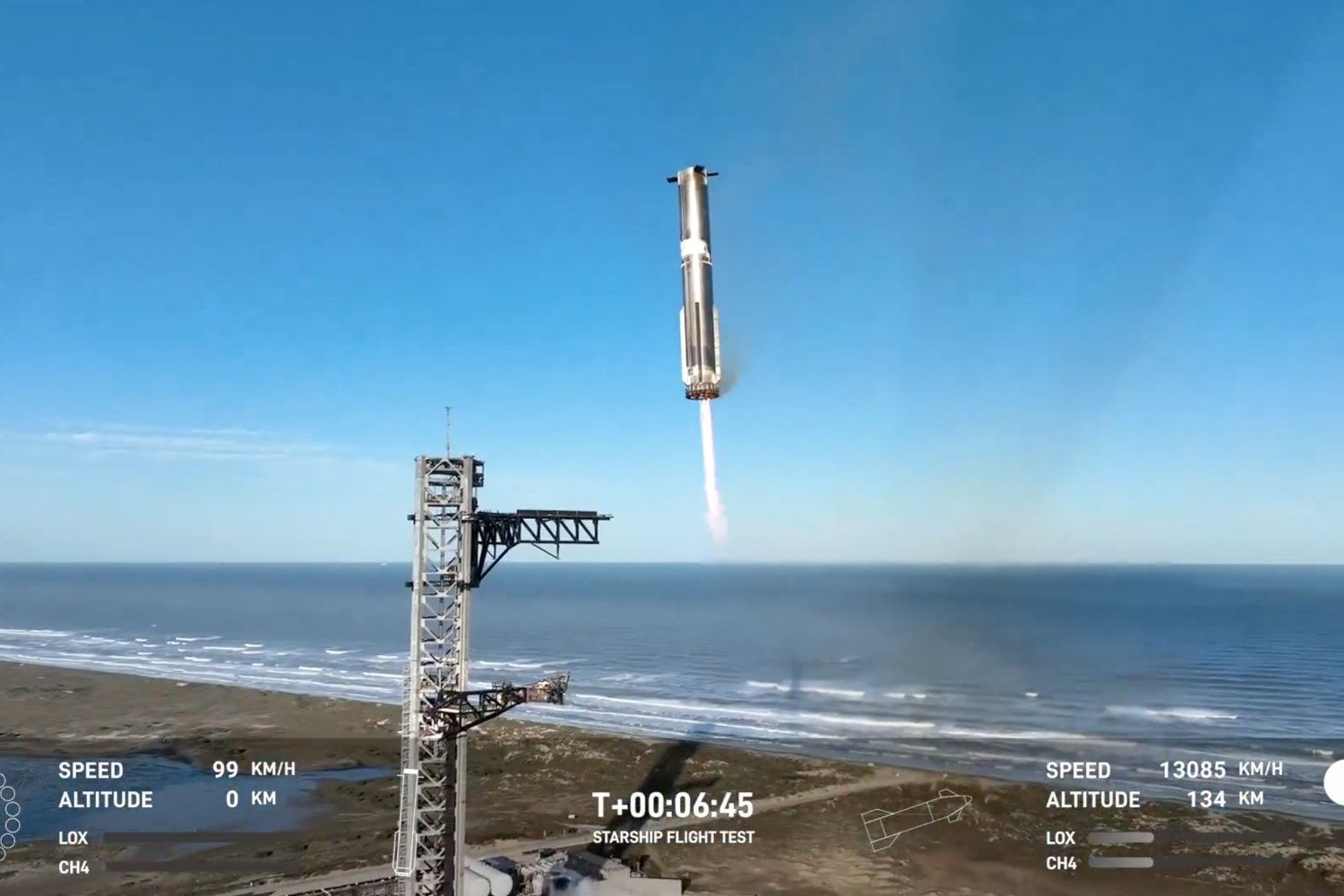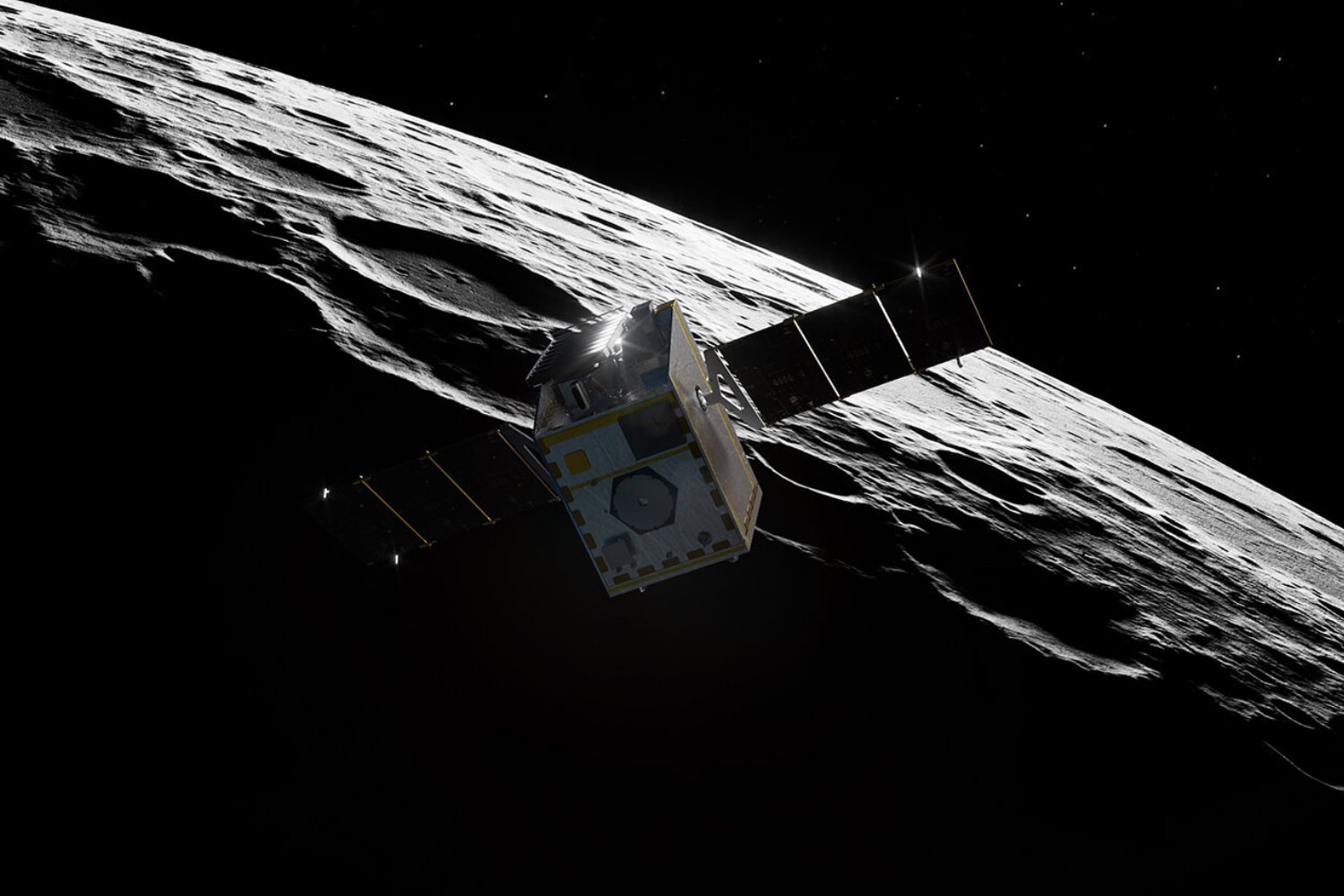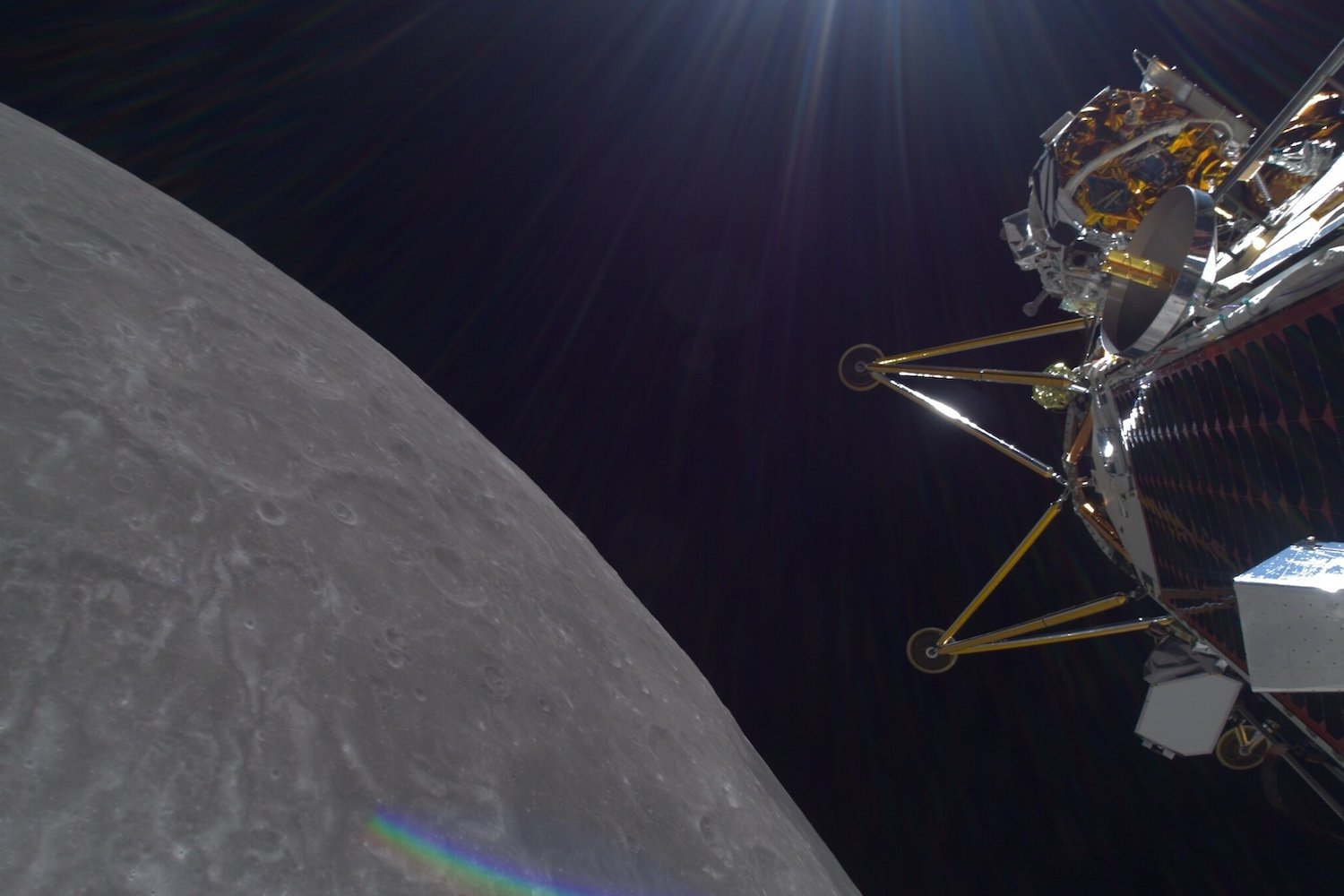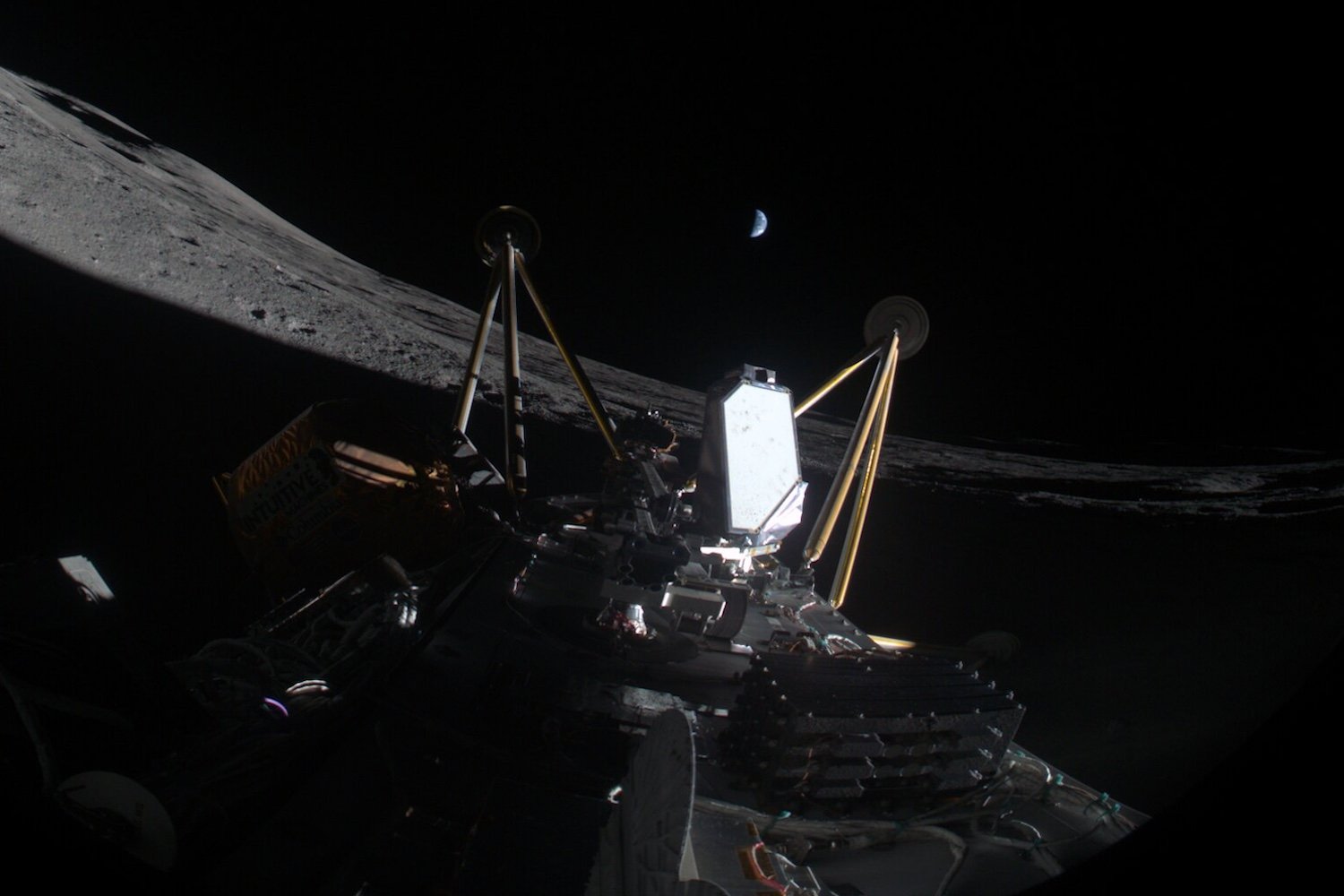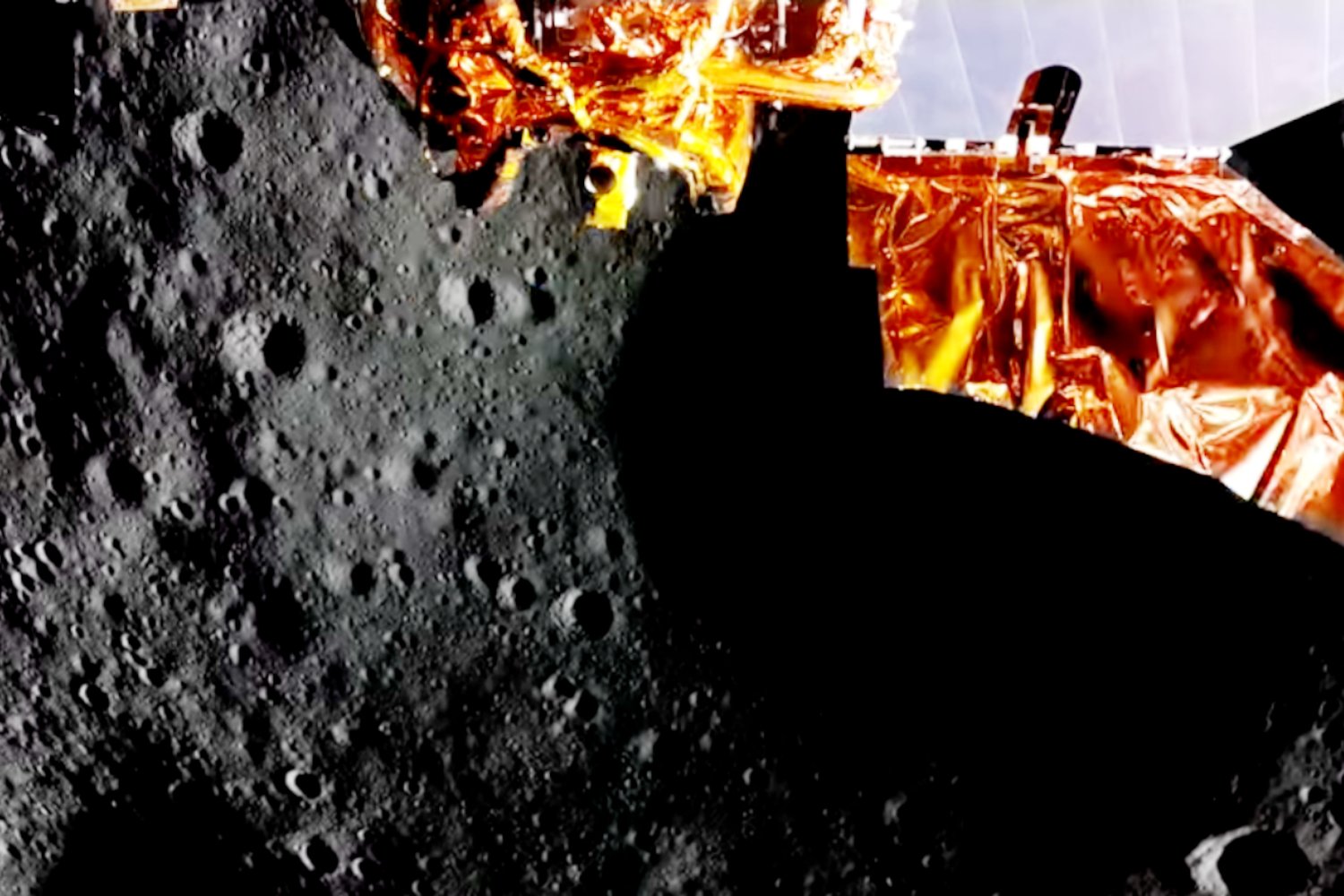The Euclid space telescope, on its ambitious mission to map over a third of the sky, has released its first significant batch of data. This initial glimpse into Euclid’s potential showcases a stunning mosaic of millions of galaxies, varying in shape and size, offering valuable insights into the universe’s dark side. Over its planned six-year mission, Euclid will observe billions of galaxies to unravel the mysteries of dark energy and dark matter.
The European Space Agency (ESA) recently unveiled this first data catalog, covering a sky area equivalent to over 300 times the size of the full Moon. This initial release focuses on three specific sky patches that Euclid will revisit for deeper observations later in its mission. The data provides a preview of the telescope’s impressive capabilities and sets the stage for groundbreaking cosmological discoveries.
 Euclid's First Data Release Shows Millions of Galaxies
Euclid's First Data Release Shows Millions of Galaxies
Unprecedented Detail and Early Scientific Discoveries
Euclid’s initial survey has already captured detailed images of 26 million galaxies, with over 380,000 characterized by their shapes and distances from Earth. The farthest galaxy observed lies a staggering 10.5 billion light-years away. This wealth of data is already being utilized by scientists worldwide to enhance our understanding of the universe.
Researchers from the Universities of Oxford, Portsmouth, and Newcastle, working alongside citizen scientists, have combed through the data to identify strong gravitational lenses. These phenomena occur when massive objects, like galaxies, warp spacetime, acting as cosmic magnifying glasses that bend light from more distant objects.
While identifying these lenses is challenging, the team has already located 500 strong lens candidates. This represents a significant contribution, considering that fewer than 1,000 strong lenses are currently known. According to Natalie Lines, a PhD student at the University of Portsmouth, “These lenses are already providing valuable insights into our universe, but this is just the beginning for Euclid. The full survey promises to revolutionize our understanding of strong lensing.”
Building a Comprehensive Galactic Catalog
Scientists at the Max Planck Institute for Extraterrestrial Physics (MPE) are also leveraging Euclid’s data. They have integrated it with various other sky surveys to create a comprehensive catalog that aids in identifying galaxies within Euclid’s high-resolution images and determining their distances from Earth. Christoph Saulder, a researcher at MPE, explains that this catalog “lays the groundwork for a deeper understanding of these objects, their distribution, and their intrinsic properties.”
Mapping the Dark Universe
Launched on July 1, 2023, the $1.4 billion Euclid telescope is tasked with creating the largest 3D map of the universe to date. It utilizes a visible light camera (VIS), a near-infrared camera, and a spectrometer (NISP) to explore the dark universe—the approximately 95% of the cosmos composed of dark energy and dark matter.
Even in its early stages, Euclid has already provided remarkable images of the dark cosmos. In February, it captured an Einstein Ring in the galaxy NGC 6505, located roughly 590 million light-years from Earth. This impressive feat further underscores the telescope’s potential for unveiling the secrets of the universe.
Future Data Releases and Cosmological Insights
The first release of Euclid’s cosmology data is scheduled for October 2026. This highly anticipated release promises to provide even more detailed insights into the universe’s composition and evolution, paving the way for transformative discoveries in cosmology and astrophysics. With its powerful instruments and ambitious mission, Euclid is poised to reshape our understanding of the universe and its dark constituents.




